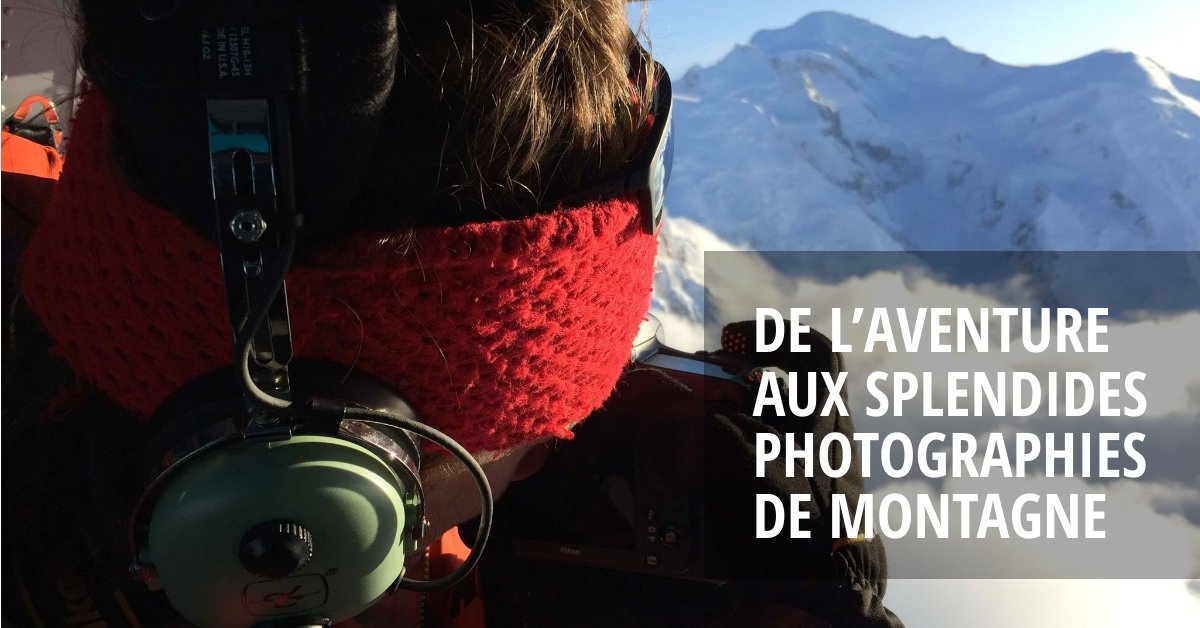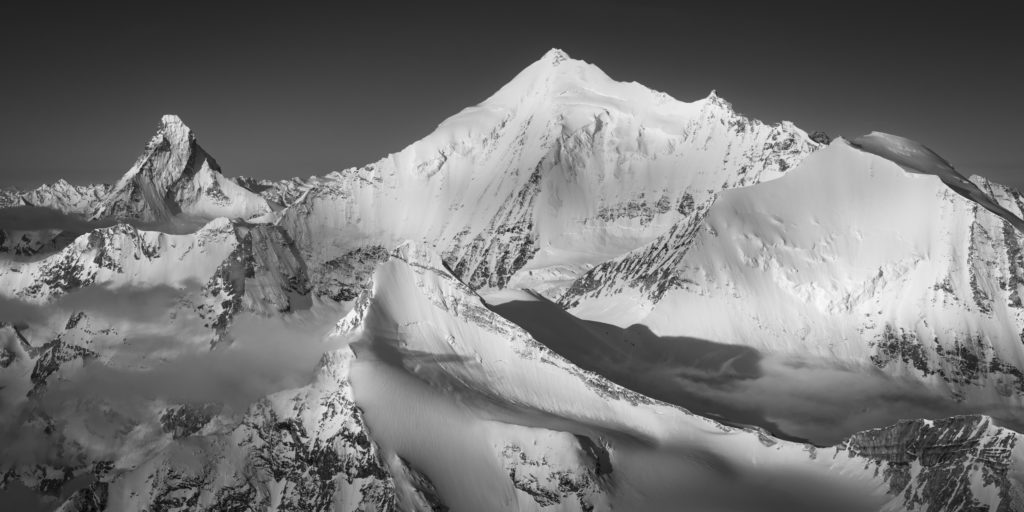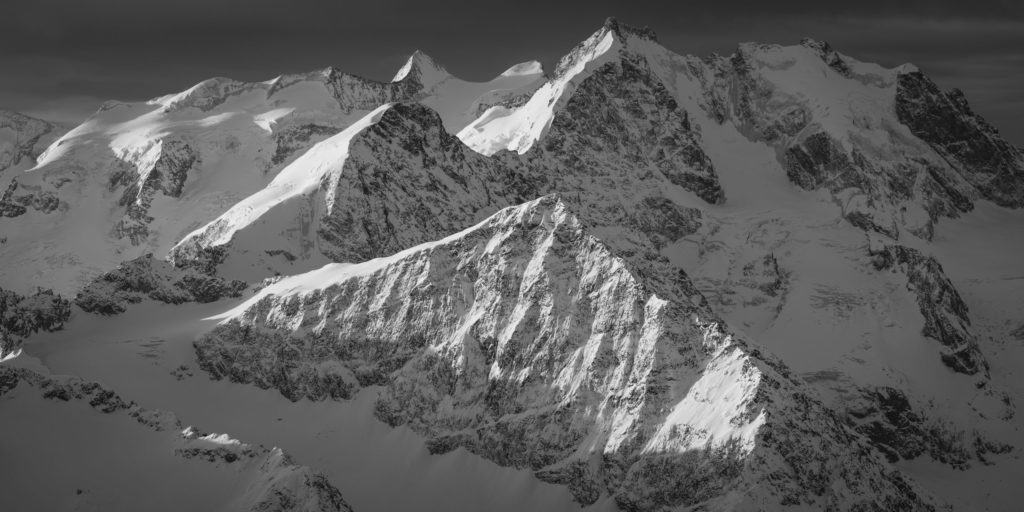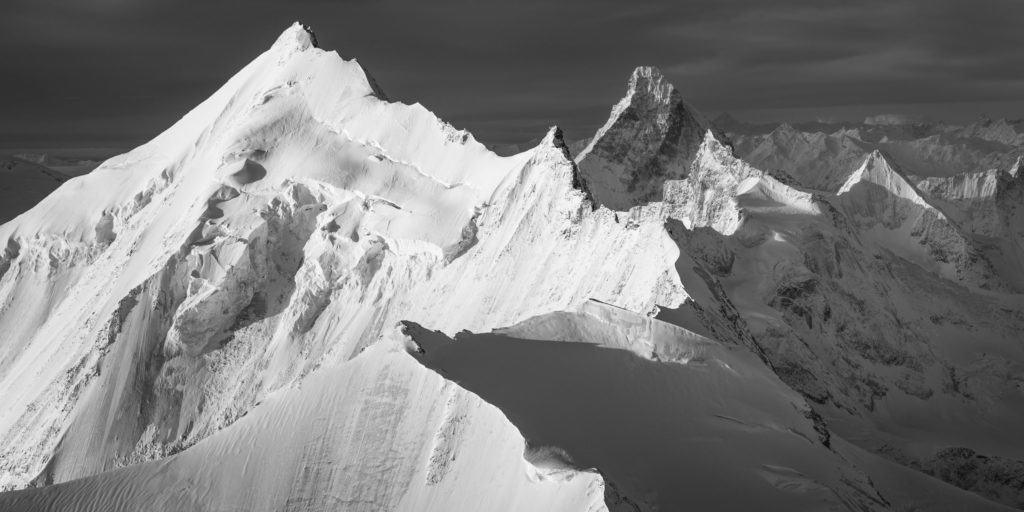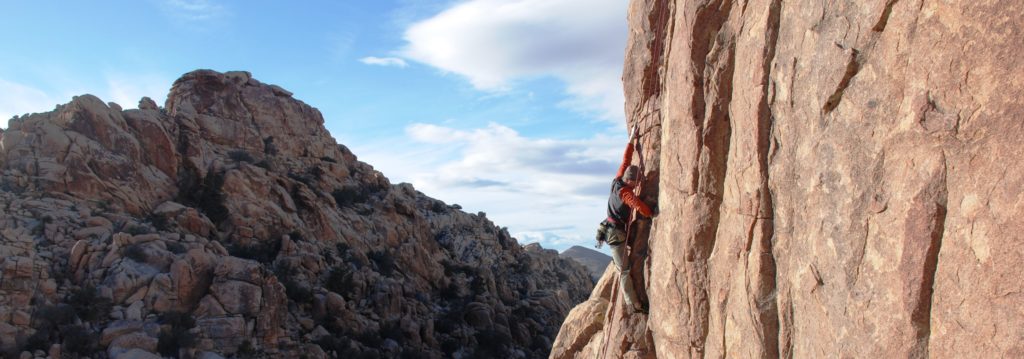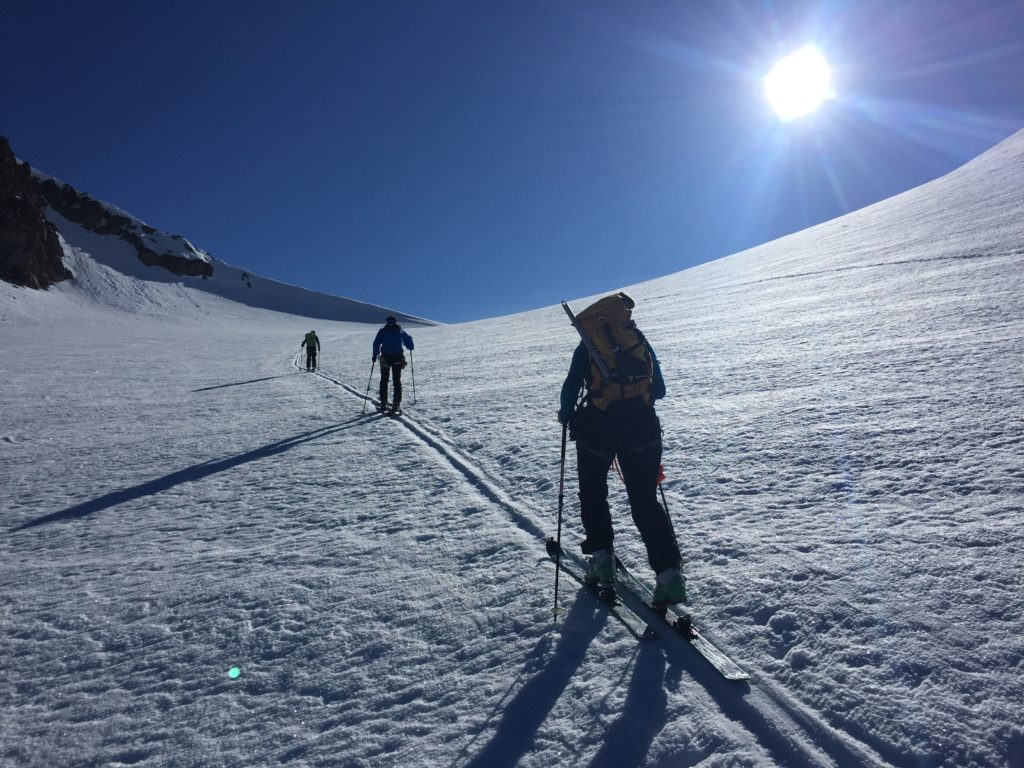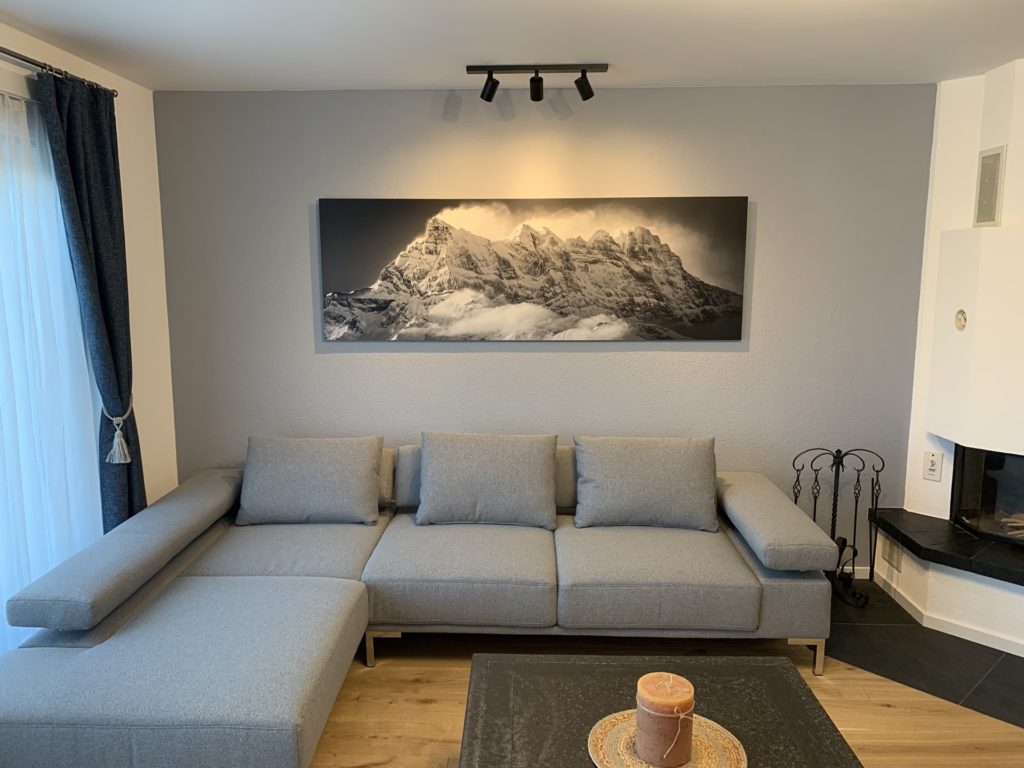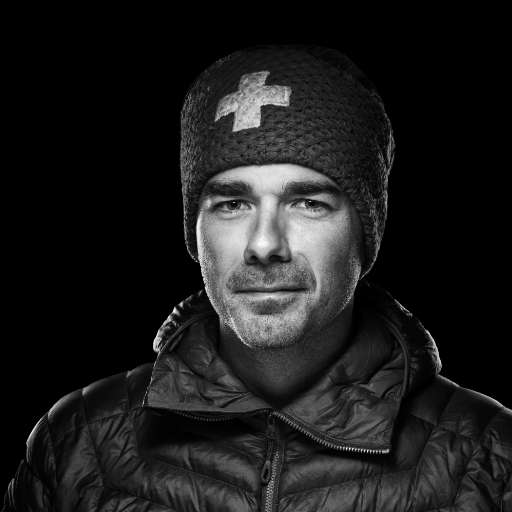Nature, and even more so the mountains, captivate us with their beauty and majesty.
How can you not be captivated by a beautiful photo of a snowy mountain melting into the clouds?
It is all the grandeur of nature that is revealed with a mystical side that attracts us inexorably.
Capturing images capable of revealing all the beauty of nature is an adventure that the photographer lives every day.
Behind each picture of the Swiss or French Alps taken by Thomas Crauwels is a whole story: research, waiting, hopes and an expedition to the best viewpoints to immortalize these unique moments.
From adventure to photography, Thomas Crauwels tells us...
From photo to photo, we find a specific atmosphere, are you looking for that or is it a form of chance?
You should know that I come from Belgium, a country that is not really known for its high summits.
When I arrived in Switzerland, I was captivated by the mountains. It is not only the beauty of the landscape that amazes me, but the protective and threatening aspect of the high summits that surrounds us.
Depending on the weather, and typically just after the snowfall and before the sun returns, the mountains reveal a magical, even mystical atmosphere.

It is this very special atmosphere that I try to immortalize through my photos.
I hope that when people are in front of one of my pictures they will feel this very special emotion.
Since my beginnings, I have been looking for this specific atmosphere, which I like to translate into black and white pictures, which emphasize the contrast between light and shadow.
How do you find the perfect moment? Do you go to the mountains with your camera around your neck hoping to be in the right place at the right time?
This perfect moment, when the mountain is still dusted with snow and just beginning to uncover its clouds, occurs only a few times a year for a given location.
So there is no room for chance, even if there is, I must admit, always a little bit of luck.
Before each photo, there is a daily weather watch.
This monitoring can last for weeks or months. For example, it's been over 6 weeks since I went out to take a picture, because there is no precipitation.
To monitor the evolution of the weather, I use applications and I am in contact with independent meteorologists.

When I see a weather forecast that fits with what I search for one of the summits I want to photograph, I put the rest on hold and arrange the trip, usually a few days later.
This requires a great deal of flexibility in my daily life, as I can very well decide 3 days before leaving for the other side of the Alps.
But weather forecasts are never 100% reliable, and this is even more true in the mountains.
So I regularly go out and don't find the atmosphere I want search. So I come home without the perfect shot I was hoping for and continue the day before to get a new opportunity.
How do you choose the vantage points for your mountain photos? Do you go off the beaten path at search to find the perfect spot to get the perfect angle?
Finding the right point of view is not an easy task.
First of all, because it would be dangerous to go blindly, and secondly becausea good viewpoint is not found by chance.
Before anything else, when I decide that I am going to photograph such or such summit, I immerse myself in maps and especially in Google Earth, to get to know the terrain.

It is at this time that I pre-select the different places where I will be able to post myself to have a good angle.
So on the day, I know where I need to go to catch the right moment at the right place.
It is a long term work, which is essential to increase my chances to get what I am looking for and not to go back without a picture.
You regularly go to the mountains, how do you prepare your outings? Do you follow a specific physical preparation ?
First of all, I am not a high level climber, I stay on the normal routes called the easiest or the least committed.
I select my views based on my experience in the mountains.
Therefore, I don't follow a specific physical preparation as mountaineers might do.
On the other hand, I maintain my physical shape with regular outings in the mountains.
It keeps me ready at all times!
For some summits, there are no viewpoints accessible by land. In this case, I am lucky enough to be able to use a helicopter.
This allows me to make possible certain angles of the massif that cannot be captured from anywhere else.
It is important to me to immortalize these mountains for future generations!
Interview: Helen Royce for Alpine Arts Gallery
